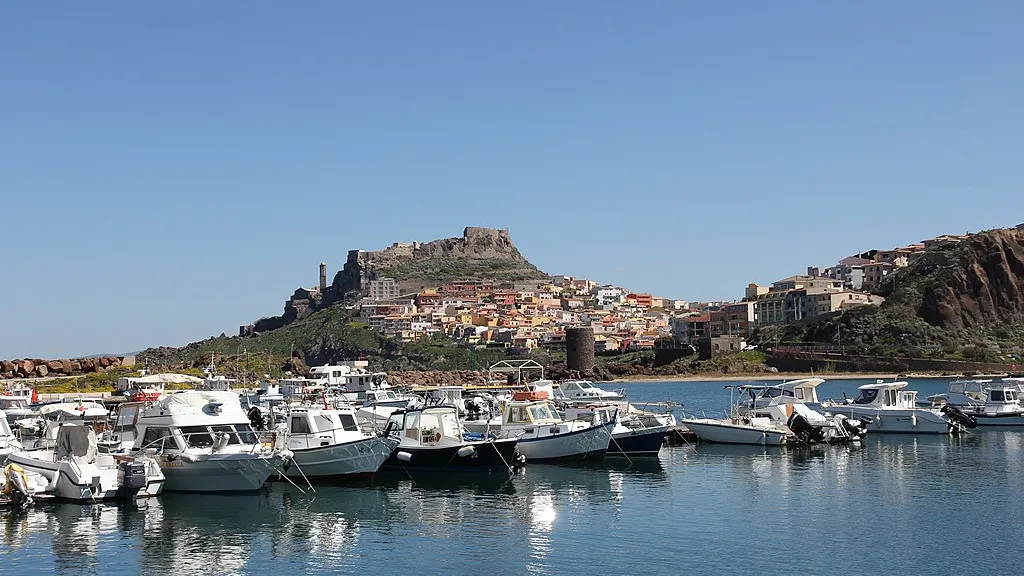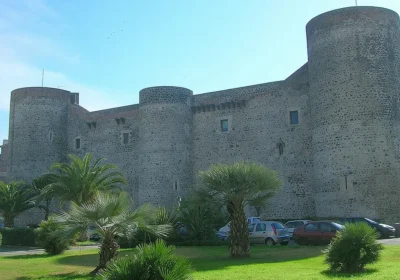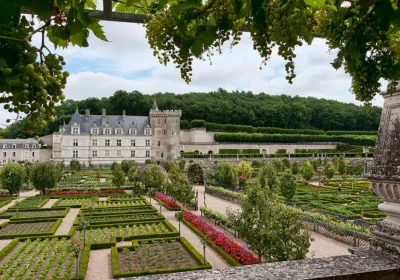Tour of Castelsardo.
The medieval delightful town of Castelsardo is strikingly unusual and one of the most beautiful places on the island. Its history dates back to the 12th century and is closely linked to the Doria dynasty of Genoa, who founded the town.
The town is truly extraordinary in its artistic beauty. It seems that time has not touched this town, with its tangled, narrow streets rising to the highest point of the hill.
Castelsardo is a cosy medieval town on the north coast of the island of Sardinia, belonging to the administrative centre of Sassari. The resort is situated on a rocky promontory in the Gulf of Azzinara and therefore offers a picturesque view of the gulf line, including beautiful Corsica. Castelsardo’s seascapes will not leave anyone indifferent, be it the long sandy beach of “Lou Bagnu” or the rocky shores interspersed with secluded coves. In addition to its marvellous views and scenery, Castelsardo is famous for its many historical and cultural attractions, local lobster dishes, basket weaving and the magnificent procession dedicated to the Passion of the Christ.
In and around the town itself there are many megalithic architectural monuments, such as ancient tombs and nuraghes – stone towers built in 2000 BC. For example, it is interesting to see the Elephant Rock or the Elephant Stone, which has passages and small rooms inside, and the walls are decorated with ancient images of bulls’ heads.
In the historic centre of the city are such architectural sights as:
Doria Castle – dating back to the 12th century. From one of its walls you can see the bastions of the northern Sicilian coast: the Lodgetta, Manganello and Sperone. The castle itself houses the Museum of Mediterranean Weaving.
The Bishop’s Residence – with ancient halls preserving the 16th century furnishings. Of particular interest and value is the library with publications from those times.
The Church of Santa Maria delle Grazie – which houses one of the oldest relics on the island – the crucifix “Black Christ” of the XIV century.
The Cathedral of St. Antonio the Great, founded in the late 16th century, is impressive not only for its architecture and interior decoration, but also for its collection of paintings and artefacts, including the famous paintings of the Madonna and Child on the Throne, the Archangel Michael and the 18th-century organ.
The Friggiano Watchtower – built in the 16th century and 13 metres high, is one of the main symbols of the city.
The Cathedral of Santa Maria delle Grazie – built in the 16th century, is one of the main symbols of the city.

















